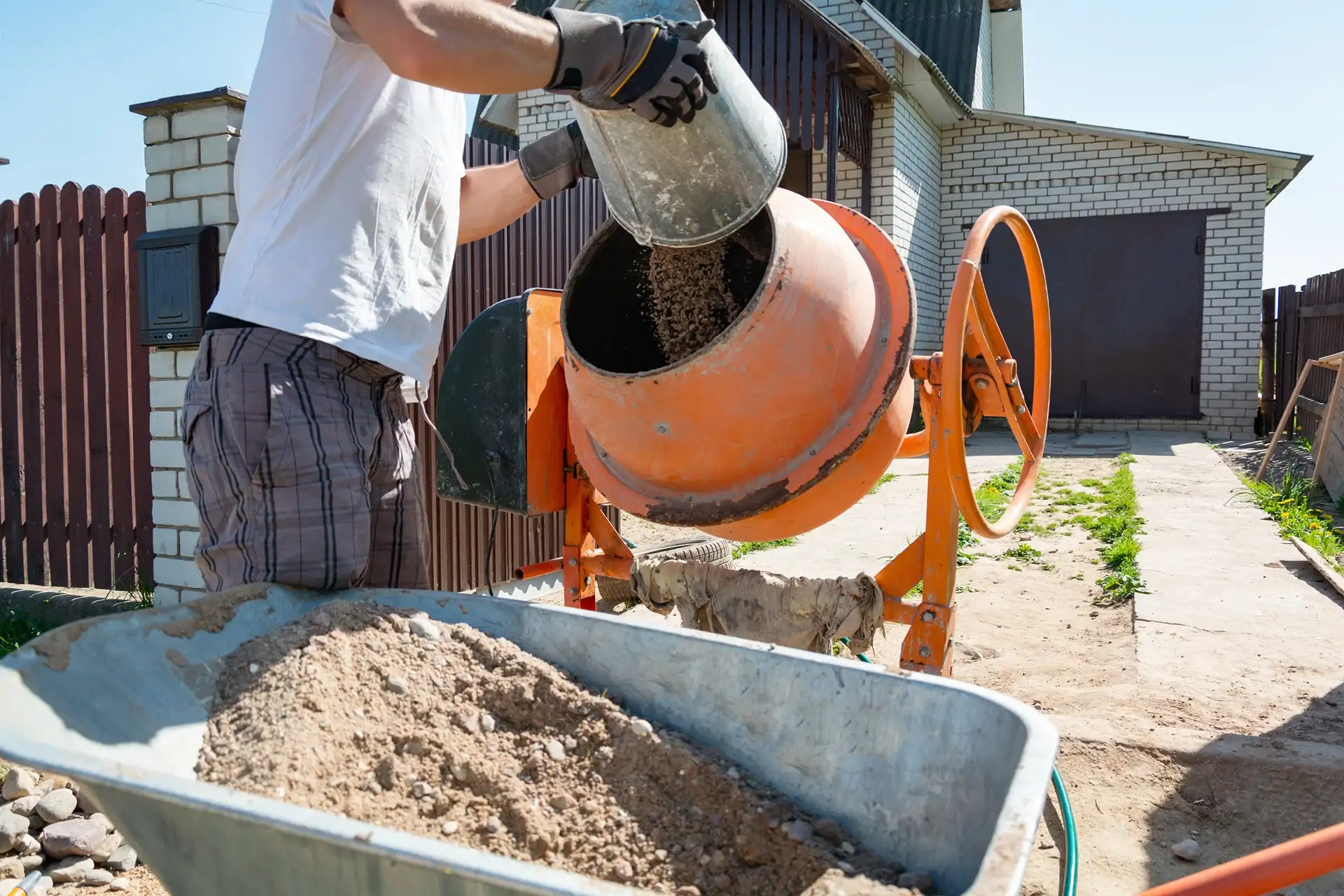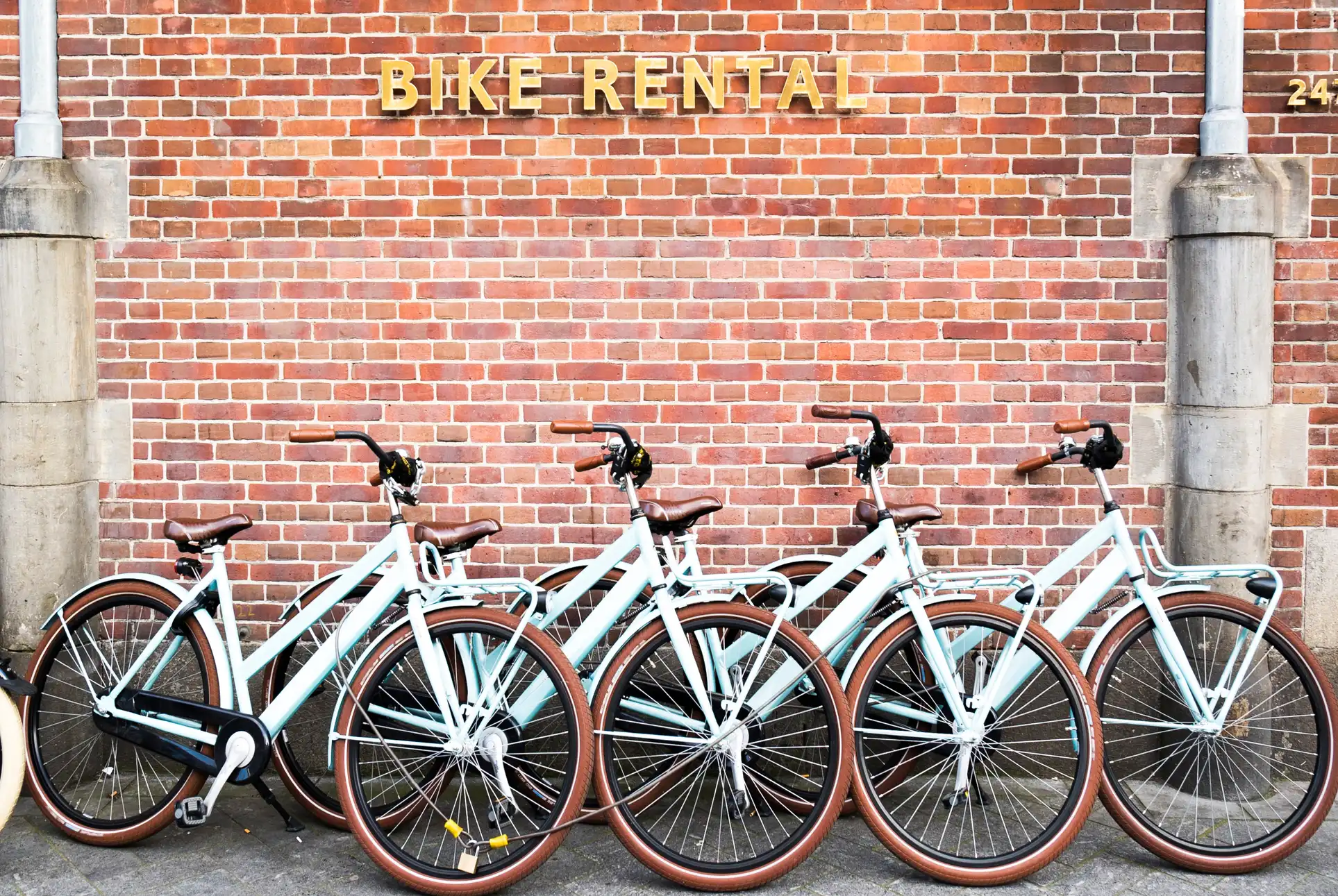The tool rental industry represents an exceptional business opportunity with strong profit potential and consistent demand. With construction costs rising and the DIY movement expanding, more people are looking to rent rather than buy expensive tools they’ll use infrequently. This comprehensive guide will walk you through establishing, operating, and scaling a successful tool rental business with practical, actionable advice.
Tool rental industry overview
The tool rental market continues to grow at 4-5% annually, driven by construction activity and home renovation trends. Typical profit margins range from 25-45% after accounting for equipment depreciation, maintenance, and operational costs. Professional-grade tools typically maintain rental viability for 3-7 years depending on usage frequency and maintenance quality.
A well-run tool rental business can expect:
- Return on investment (ROI) within 18-24 months for most equipment
- Equipment utilization rates of 40-60% across a balanced inventory
- Repeat customer rates of 60-70% for commercial clients
- Average transaction values of $75-150 depending on market segment
Market research fundamentals
Before investing in equipment, conduct thorough market research to understand your local landscape:
-
Customer segmentation: Identify the primary rental categories in your area: contractors (typically 40-50% of rental revenue), homeowners (25-35%), and commercial/industrial clients (15-25%).
-
Competitive analysis: Document existing tool rental businesses within a 15-mile radius, including their inventory specialization, pricing structure, minimum rental periods, and online reviews.
-
Demand patterns: Analyze seasonal fluctuations specific to your region—northern climates often see 70% of rental activity between April and October, while southern regions experience more consistent year-round demand.
Start your rental business for just $29/month
Put your toes in the water and test the demand in your area with a rental website for just $29/month.
Developing Your Tool Rental Business Plan
Your business plan should include specific financial projections and operational details tailored to your market. When selecting a business structure, most tool rental businesses operate as LLCs due to liability protection and tax advantages, with formation costs typically ranging from $50-800 depending on your state.
Tool rental startup costs breakdown
A mid-sized tool rental operation serving both homeowners and contractors requires:
-
Initial equipment inventory: $30,000-75,000 for a balanced selection of 100-200 tools across categories
-
Location costs: $2,000-5,000 monthly for 1,500-3,000 sq. ft. of combined showroom and warehouse space with adequate parking
-
Software and systems: $1,500-3,000 for initial setup of rental management software, POS system, and website (You can do all this in Booqable from $29/month)
-
Legal and insurance: $3,000-6,000 annually for general liability insurance, equipment insurance, and necessary permits
-
Staffing: $4,000-7,000 monthly for 2-3 employees (including yourself if owner-operated)
Building your inventory strategy
Tools should be selected based on local demand patterns and profitability metrics:
1. Core rental categories to consider:
- Power tools (demolition hammers, planers, orbital sanders): $150-500 per tool, typical ROI in 15-25 rentals
- Landscaping equipment (tillers, aerators): $500-2,500 per tool, typical ROI in 12-20 rentals
- Concrete/masonry tools: $300-3,000 per item, typical ROI in 10-15 rentals
- Flooring equipment: $500-3,000 per machine, typical ROI in 8-12 rentals
- Painting/finishing equipment: $200-1,500 per item, typical ROI in 10-15 rentals
- Specialized equipment (thermal cameras, laser levels): $500-2,500 per item, typical ROI in 8-12 rentals
2. Inventory expansion strategy:
Begin with equipment that has the fastest return on investment and highest utilization rates. For most locations, this includes:
- Core power tools (impact wrenches, circular saws, belt sanders)
- Basic concrete tools (mixers, bull floats)
- Essential landscaping equipment (tillers, trimmers)
- Commonly requested specialty items (floor sanders, pressure washers)
- Track rental frequency and customer requests to guide future inventory expansion.
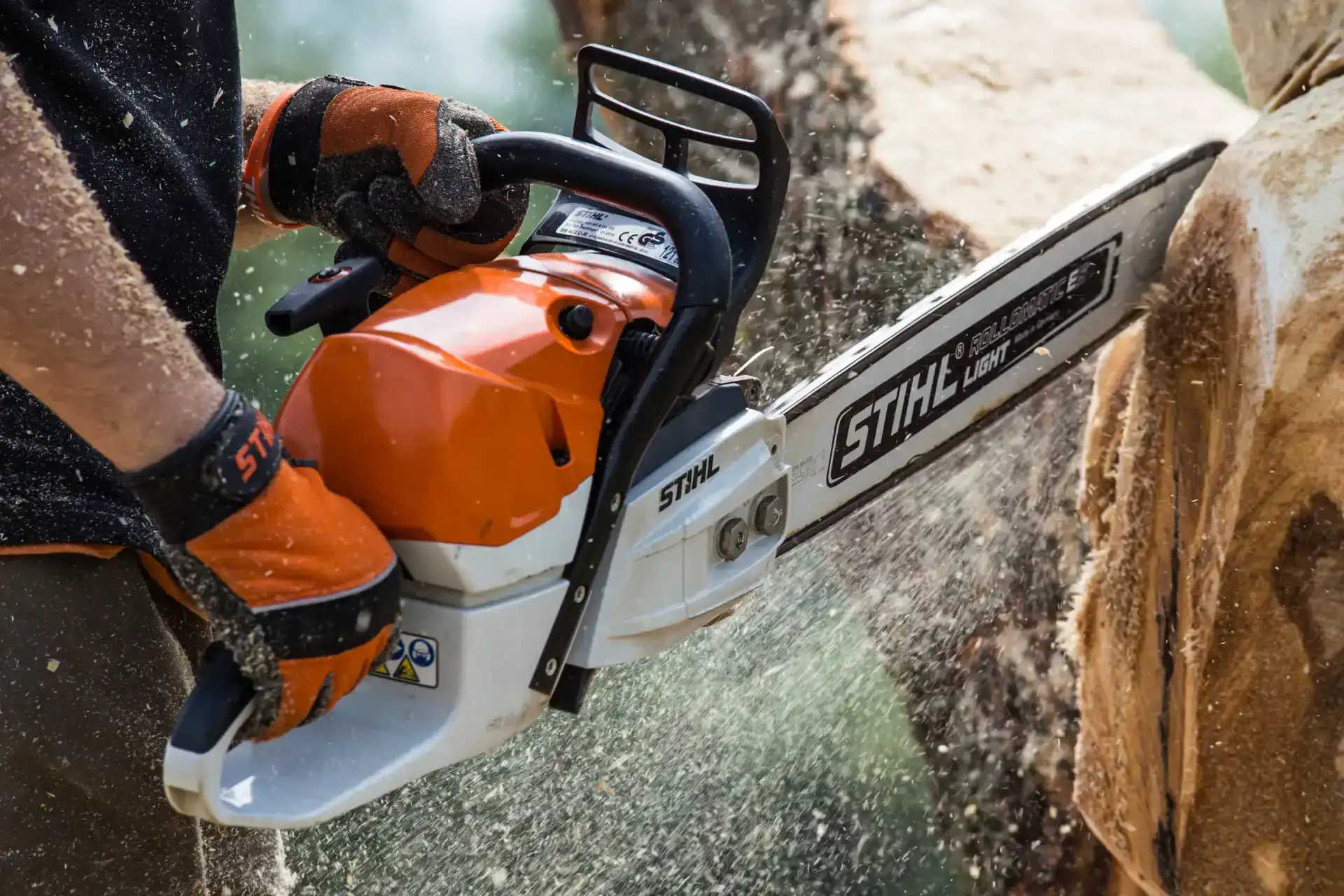
Operational systems and software
Efficient operations directly impact profitability in the tool rental business. Investing in proper systems from the start will reduce errors, improve customer experience, and maximize equipment utilization.
Rental Management Software
Booqable offers comprehensive rental management features starting at $29/month with capabilities including:
- Real-time inventory tracking and availability calendar
- Online reservations and customer account management
- Barcode scanning for efficient check-out/check-in processes
- Automated damage deposits and billing
- Integrated payment processing
Maintenance protocols and equipment lifecycle
Develop a structured maintenance program to maximize equipment lifespan and minimize downtime:
Pre/post rental inspection: Create detailed 10-point checklists for each tool category covering safety features, operational components, and cosmetic condition
Scheduled maintenance tiers:
- Level 1 (after every rental): Cleaning, lubrication, basic function test
- Level 2 (every 5-10 rentals): Blade/bit replacement, filter cleaning, deep inspection
- Level 3 (quarterly or 25+ rentals): Complete disassembly, part replacement, recalibration
Equipment rotation strategy: Implement a “first in, first out” system for tools with multiple units to ensure even wear across inventory
Retirement planning: Most rental tools should be sold at 50-60% of their expected lifespan to maximize return and minimize repair costs
Start with building your rental website
Every new rental business starts with a website to get their first bookings.
Pricing strategies that maximize profit
Developing an effective pricing strategy requires balancing competitiveness with profitability. The industry standard follows these general guidelines:
Daily rental rate formula: Calculate 3-5% of the tool’s retail value for daily rental rate (e.g., $500 tool = $15-25 daily rate)
Tiered duration pricing:
- 1 day: 100% of daily rate
- Weekend (Fri-Mon): 200-250% of daily rate
- Weekly: 300-350% of daily rate
- Monthly: 900-1000% of daily rate
Deposit structure: Take damage deposits of 50-100% of the tool’s value for high-value or easily damaged items
Additional revenue streams:
- Consumables markup: 30-50% on items like saw blades, drill bits, and sandpaper
- Delivery service: $25-75 depending on distance and equipment size
- Rush fees: 25-50% premium for same-day or after-hours service
- Insurance/damage waiver: 10-15% of rental cost to waive liability for damage
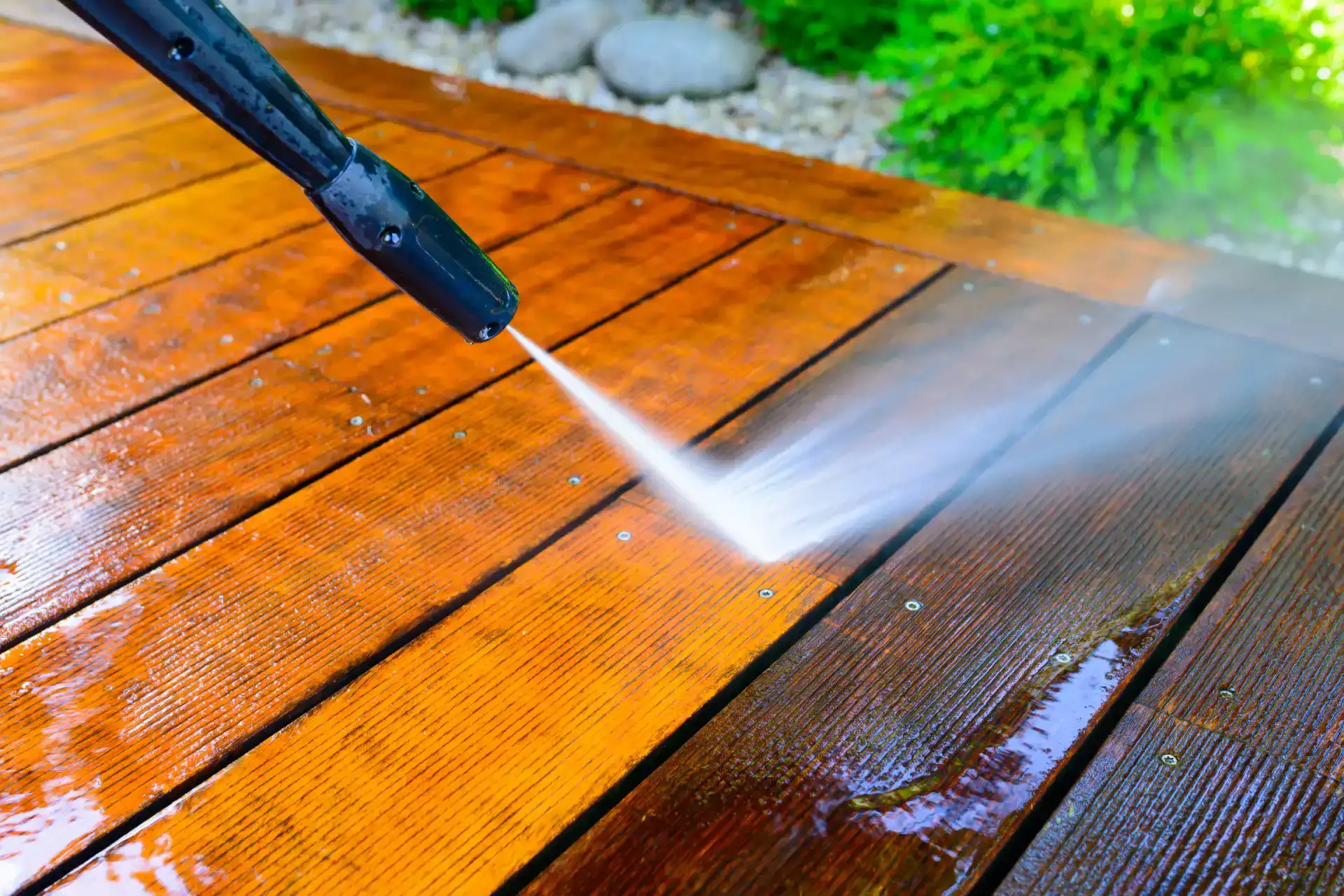
Marketing your tool rental business
Effective marketing is critical for building awareness and driving rentals. Focus on these high-ROI strategies:
Digital presence essentials:
- Mobile-optimized website with online booking capabilities
- Google Business Profile with service area, equipment categories, and high-quality images
- Local SEO targeting “tool rental + [your location]” keywords
- Equipment-specific landing pages (e.g., “concrete mixer rental in [city]”)
Contractor marketing tactics:
- Trade show participation ($1,000-3,000 per event but high ROI for contractor contacts)
- Membership in local contractor associations and builder groups
- Volume discount programs for regular customers (10-15% for established accounts)
Homeowner marketing approaches:
- Partnerships with local hardware stores for referrals
- Educational workshops on DIY projects requiring specialized tools
- Targeted social media advertising during peak renovation seasons
- Next-project promotions (offer 10-15% discount on their next tool rental)
Join thousands of rental business owners
In the last 12 months, hundreds of people have started their business with Booqable.
Managing seasonal demand fluctuations
Tool rental businesses typically experience significant seasonal variations that must be managed strategically:
Counter-seasonal inventory:
- Spring/Summer: Landscaping, concrete, and exterior renovation tools
- Fall/Winter: Flooring, interior remodeling, and weather-related equipment
Off-peak revenue strategies:
- Equipment sales of older inventory (sold at 40-50% of retail price)
- Long-term rental contracts for commercial clients
- Maintenance service for customer-owned tools
- Storage solutions for contractor equipment
Seasonal staffing model:
- Core year-round staff for consistent operations
- Part-time or seasonal employees during peak periods
- Cross-training team members for maximum flexibility
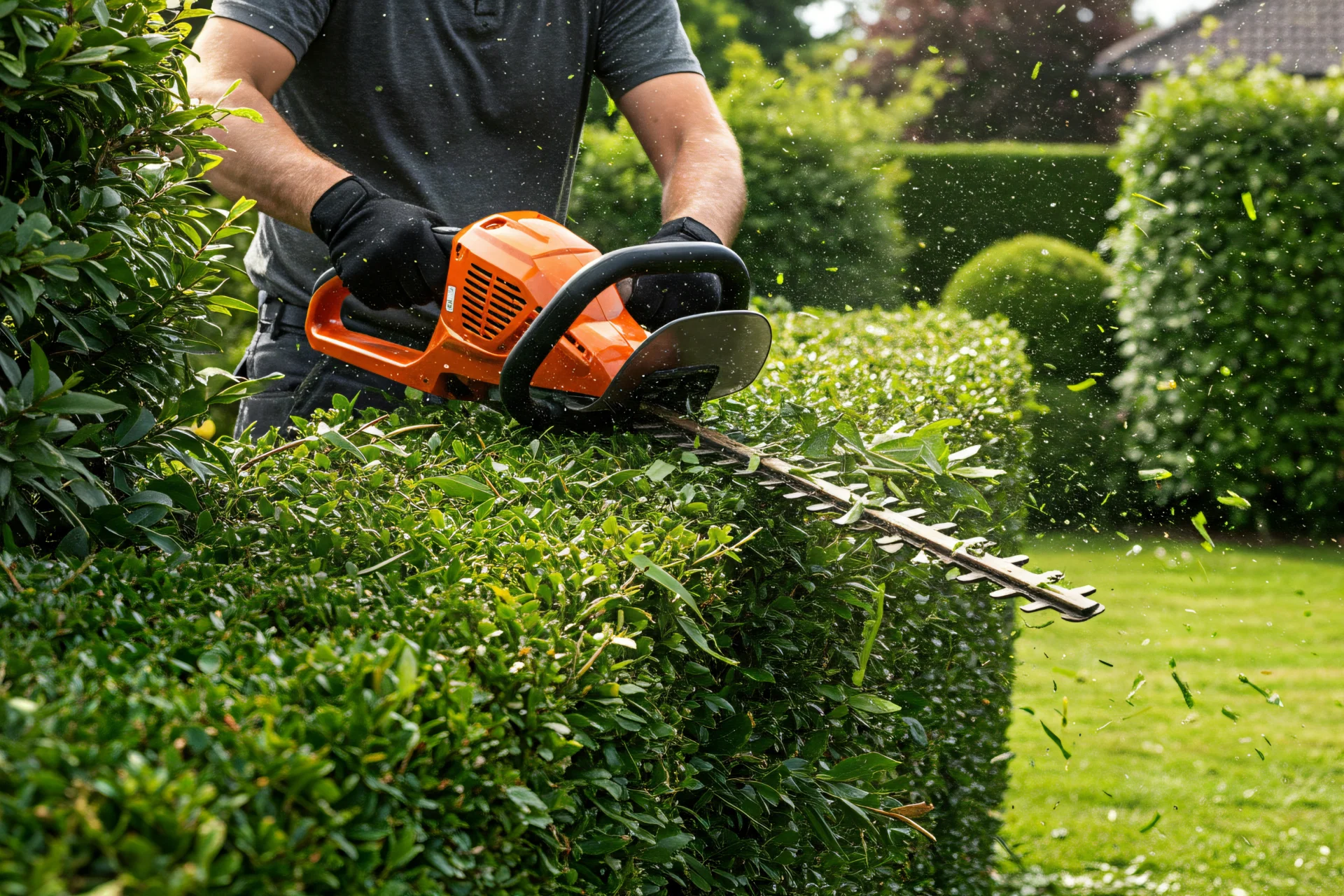
Performance metrics for success
Track these key performance indicators to optimize operations and maximize profitability:
-
Equipment utilization rate: Target 40-60% utilization across inventory categories
-
Cost-per-rental ratio: Calculate maintenance and operational costs divided by rental frequency
-
Lifetime rental value: Track total revenue generated by each tool compared to its purchase price
-
Customer acquisition cost: Measure marketing spend divided by new customer count (target: $25-40)
-
Net profit margin: Monitor the 25-35% range for healthy business performance
-
Return rate: Track equipment returns due to malfunction or customer dissatisfaction (target: <5%)
Start your rental business for just $29/month
Put your toes in the water and test the demand in your area with a rental website for just $29/month.
Building a sustainable tool rental business
Starting a tool rental business combines practical knowledge with strong operational systems. By implementing these strategies and focusing on both customer experience and equipment management, you can build a resilient and profitable business that grows year over year.
The most successful tool rental operations differentiate themselves through superior equipment selection, maintenance quality, and customer service. Focus on these fundamentals while continuously adapting to market demands, and your tool rental business will thrive in this growing industry.
